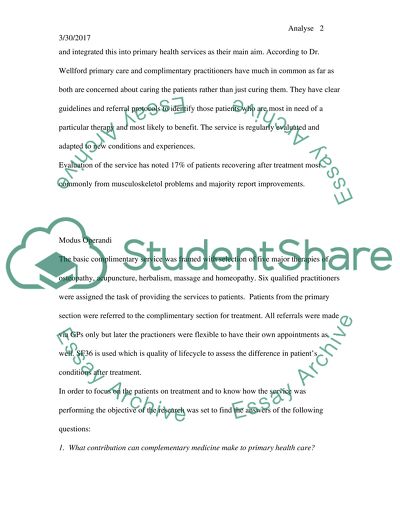Cite this document
(“Glastonbury Health Centre Essay Example | Topics and Well Written Essays - 3000 words”, n.d.)
Glastonbury Health Centre Essay Example | Topics and Well Written Essays - 3000 words. Retrieved from https://studentshare.org/health-sciences-medicine/1530009-glastonbury-health-centre
Glastonbury Health Centre Essay Example | Topics and Well Written Essays - 3000 words. Retrieved from https://studentshare.org/health-sciences-medicine/1530009-glastonbury-health-centre
(Glastonbury Health Centre Essay Example | Topics and Well Written Essays - 3000 Words)
Glastonbury Health Centre Essay Example | Topics and Well Written Essays - 3000 Words. https://studentshare.org/health-sciences-medicine/1530009-glastonbury-health-centre.
Glastonbury Health Centre Essay Example | Topics and Well Written Essays - 3000 Words. https://studentshare.org/health-sciences-medicine/1530009-glastonbury-health-centre.
“Glastonbury Health Centre Essay Example | Topics and Well Written Essays - 3000 Words”, n.d. https://studentshare.org/health-sciences-medicine/1530009-glastonbury-health-centre.


